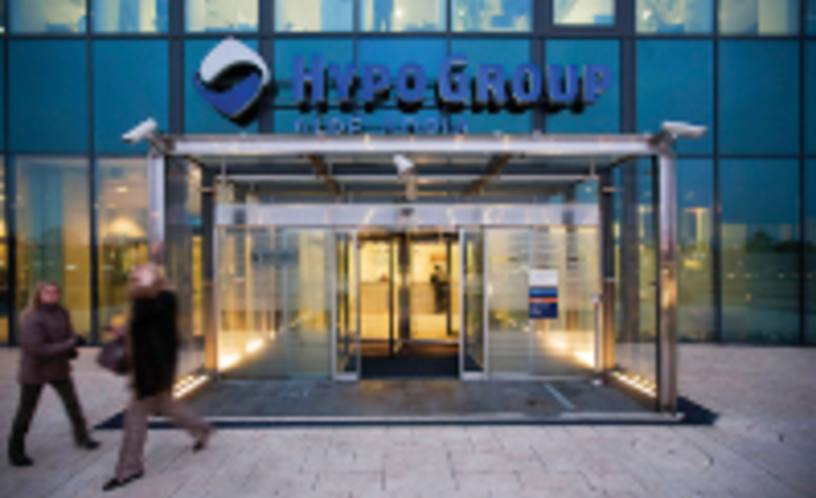When the Austrian government nationalised Hypo Group Alpe Adria (HGAA) for the token sum of €3 in December 2009, the bank was widely perceived as the country's latest victim of the economic downturn in the nine emerging European economies - mostly in the Balkans - in which it operates. Most notoriously, US economist Paul Krugman warned in April 2009 that Austria could follow Iceland down the slippery slope to a system-wide banking crisis, driven by Austrian banks' exposure to central and eastern Europe (CEE).
In reality, however, the three largest Austrian banks operating in emerging Europe, namely UniCredit-owned Bank Austria, Raiffeisen International, and Erste Bank, all recorded profits in the first three-quarters of 2009, despite the inclement economic conditions. In most CEE countries, non-performing loans appear to be at or near a peak, so recovery could begin this year. In which case, HGAA could yet be the only victim.












